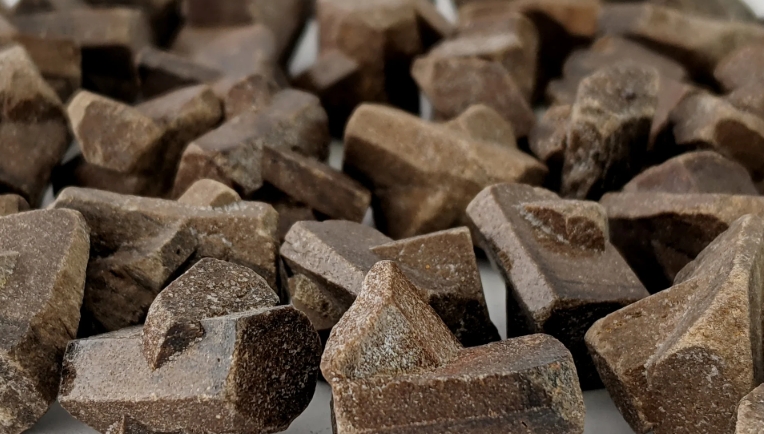Staurolite, also known as the “fairy cross” or “fairy stone,” is a unique mineral that forms in distinctive cruciform shapes. From its fascinating history to its stunning appearance, staurolite is a gem that captivates the eyes of many.
Formation Process
Staurolite is formed in metamorphic rocks under high temperatures and pressures. Its distinct cross shape is a result of twin crystals intersecting at 60 or 90-degree angles, creating a mystical appearance that draws in collectors and enthusiasts alike.
Geological Significance
These beautiful rock formations are commonly found in regions with high levels of metamorphism, such as the Appalachian Mountains in the eastern United States. Staurolite is usually found in schist and gneiss rock formations, adding to its rarity and mystique.
Physical Attributes
Staurolite typically ranges in color from brown to black, with a transparent to translucent appearance. The cross-shaped crystals are hard and durable, making them suitable for jewelry making and decorative purposes.
Cultural and Folklore
Staurolite has a rich history and holds significant cultural and folklore importance. In many cultures, these “fairy stones” are believed to bring good luck, protection, and spiritual enlightenment. They are also associated with fairies, hence the name “fairy cross.”
Collecting and Display
Staurolite is a prized gemstone among collectors and geology enthusiasts. Its unique shape and mystical allure make it a coveted addition to any rock and mineral collection. Staurolite can be polished and used in jewelry, or displayed in its raw form to showcase its natural beauty.
Overall, staurolite is a mesmerizing rock formation that continues to captivate and enchant individuals with its unique shape and cultural significance. Whether admired for its geological rarity or cultural folklore, staurolite remains a gemstone that is truly one of a kind.

